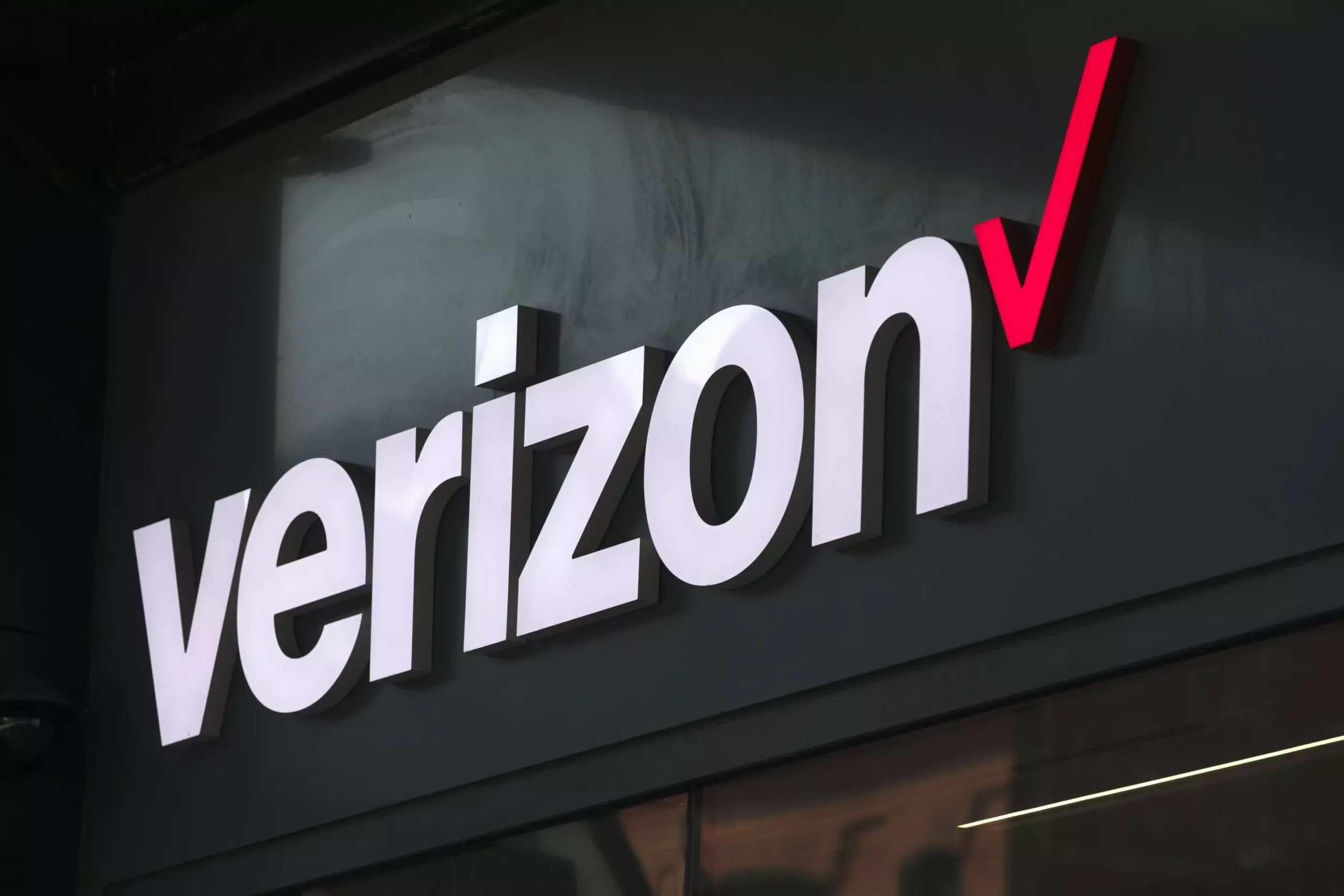On a typical Monday morning, many Verizon customers across the United States found themselves grappling with unexpected cellphone service disruptions. Reports surged from customers indicating a widespread outage, affecting tens of thousands as they were disconnected from essential communication services. The outage peaked around 11 a.m. ET, with outage tracking service DownDetector documenting over 100,000 customer complaints. Although this number declined throughout the day, a notable count of nearly 48,000 remained unable to connect by 4 p.m. ET.
Locational Impact and User Frustration
The geographic scope of the outage was extensive, impacting regions from the Southeastern U.S. — where residents are still navigating challenges post-Hurricane Helene — to the West Coast, Midwest, and Northeast. This national compromise led to significant frustration among users and amplified dissatisfaction, especially for those reliant on cell services for daily transactions or emergencies. Social media platforms quickly transformed into hubs of discontent as customers voiced their concerns and shared their experiences, emphasizing the widespread implications of the failure.
In response to the growing crisis, Verizon issued a public statement on the social media platform X, acknowledging the issue and informing customers that their engineers were actively addressing the problem. While the company assured users of its dedication to promptly resolve the situation, the lack of immediate solutions left many feeling helpless. Communication is critical in such scenarios, and the initial reaction from Verizon fell short of providing the clarity and reassurance that desperately needed.
As the situation unfolded, the Federal Communications Commission (FCC) began to take note of the widespread disruption. However, their follow-up lacked the depth expected, merely stating that they were investigating the cause without elaborating on any findings. Such inadequate regulatory response raises concerns about the accountability that telecommunications companies face during significant service failures.
Moreover, during outages, iPhone users began to notice the “SOS” symbol appearing on their devices, a signal of their connection issues. This function, while allowing for emergency calls through other carriers, underscored the limitations placed on customers during service interruptions.
While relying on cellular networks is customary for most users, the clear lack of service during this outage prompted suggestions for alternative communication methods. One practical solution is employing Wi-Fi calling, easily accessible on both Android and iPhone devices. By switching to a Wi-Fi network, affected users could bypass the cellular disruptions, allowing them to contact loved ones or emergency services. Given the situation, it is essential for users to familiarize themselves with such features and be proactive in ensuring available alternatives during serious outages.
The Monday service outage experienced by Verizon customers offers a stark reminder of the vulnerabilities inherent in our telecommunications infrastructure. The widespread impact across states highlights the need for better contingency planning and crisis communication. As technology continues to evolve, both consumers and service providers must be better prepared to navigate the complex landscape of connectivity. Ultimately, it is the responsibility of companies like Verizon to ensure that their users are not left in the dark during such critical times.


Leave a Reply